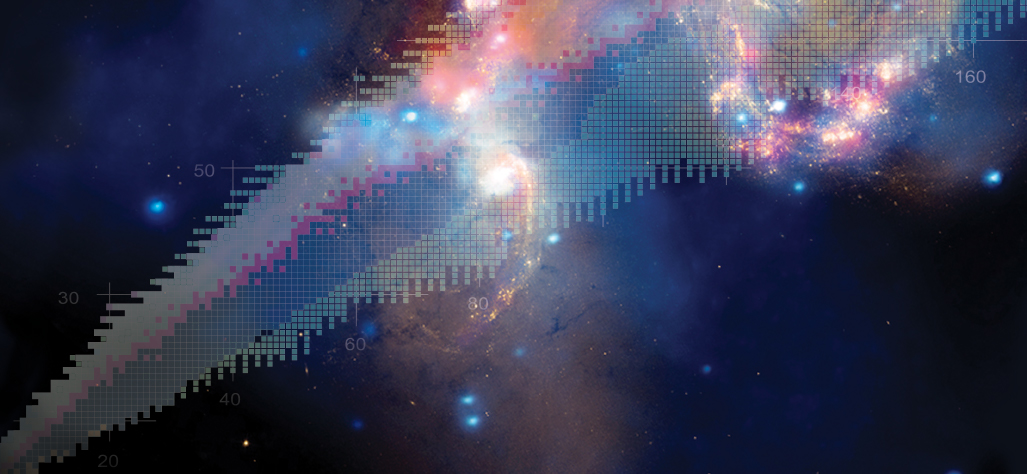MSU researchers awarded grant to develop instrument that will advance nuclear science research
Michigan State University (MSU) researchers from the National Superconducting Cyclotron Laboratory (NSCL) were awarded a National Science Foundation (NSF) grant to develop an instrument that will lead to breakthroughs in nuclear physics and nuclear astrophysics.
The Energy Loss Optical Scintillation System (ELOSS) will identify heavy-ion particles from nuclear reactions to advance nuclear science studies with rare-isotope beams. State-of-the-art experimental instruments like ELOSS will allow researchers to study isotopes at a high beam rate and high performance. The ELOSS device will broadly impact radiation-detection physics and technology, generating new insights into the physics processes, technological aspects, and operational parameters of the modern gas-based detector combined with advanced solid-state photo-sensors, under harsh heavy-ion beam conditions.
ELOSS will also help realize the discovery potential at the Facility for Rare Isotope Beams (FRIB), currently under construction at MSU. MSU is establishing FRIB as a user facility for the Office of Nuclear Physics in the U.S. Department of Energy Office of Science. FRIB will produce a majority of the isotopes that are created in the cosmos, which then decay into the elements found on Earth. Studying these short-lived rare atomic nuclei will help scientists understand the origins of the chemical elements that make up the matter we observed around us. The same isotopes are needed to develop a predictive model of atomic nuclei and how they interact, and advance knowledge in materials science, nuclear medicine, and homeland security.
The three-year award from NSF will support researchers using this novel optical detector. It will allow significant advances in multi-messenger nuclear astrophysics studies, the physics of neutron stars, and the exploration of the forces that bind nucleons into nuclei.
The MSU team from NSCL includes Marco Cortesi, detector systems group leader; Alexandra Gade, professor of physics and NSCL chief scientist; Remco Zegers, professor of physics; Jorge Pereira, research staff physicist; Daniel Bazin, senior physicist; and Yassid Ayyad, detector system physicist.
“The expected benefit for identifying nuclear reaction residues will be a superior energy resolution, three times better than present technology, and a higher counting rate capability (at least 50 times higher),” said Cortesi. “The proposed detector presents a significant advance in both instrumentation and capabilities in the field of experimental nuclear physics.”
NSCL is a national user facility funded by the National Science Foundation, supporting the mission of the Nuclear Physics program in the NSF Physics Division.

Michigan State University researchers from the National Superconducting Cyclotron Laboratory were awarded a National Science Foundation grant to develop an instrument that will enable breakthroughs in nuclear physics and nuclear astrophysics. (Courtesy of the National Superconducting Cyclotron Laboratory)



